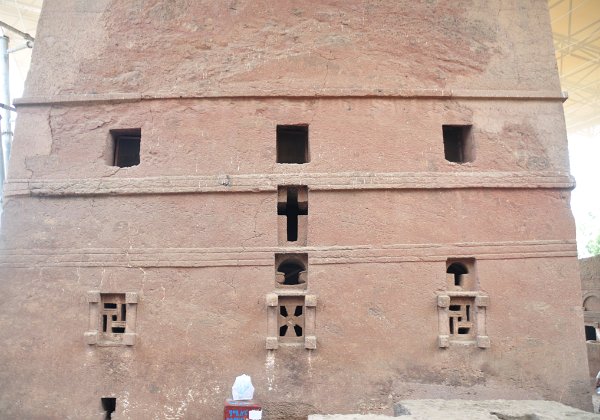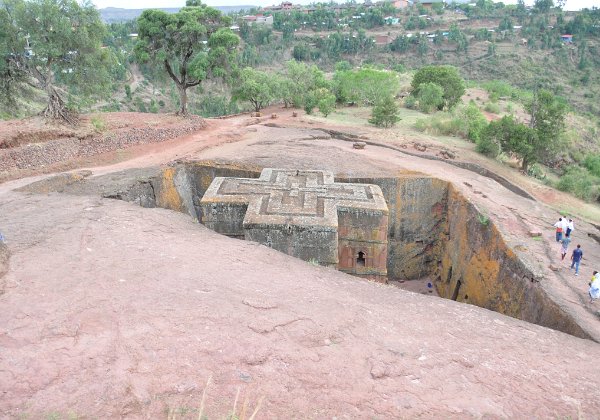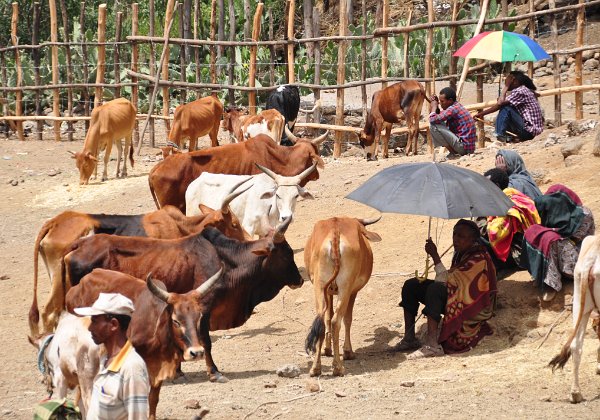
Northwest cluster
Northwest cluster, Lalibela, Ethiopia – 2014. The northwest cluster has seven churches including Bet Medhane Alem (the largest monolithic rock-hewn church in…

Southeast cluster and Bet Giyorgis
Southeast cluster, Lalibela, Ethiopia – 2014. The southeast cluster has five churches including Bet Gebriel-Rafael (Possibly a residence for King Lalibela), Bet…

Lalibela Town
Lalibela, Ethiopia – 2014. Miscellaneous photos of Lalibela with a number of photos of their weekly market.